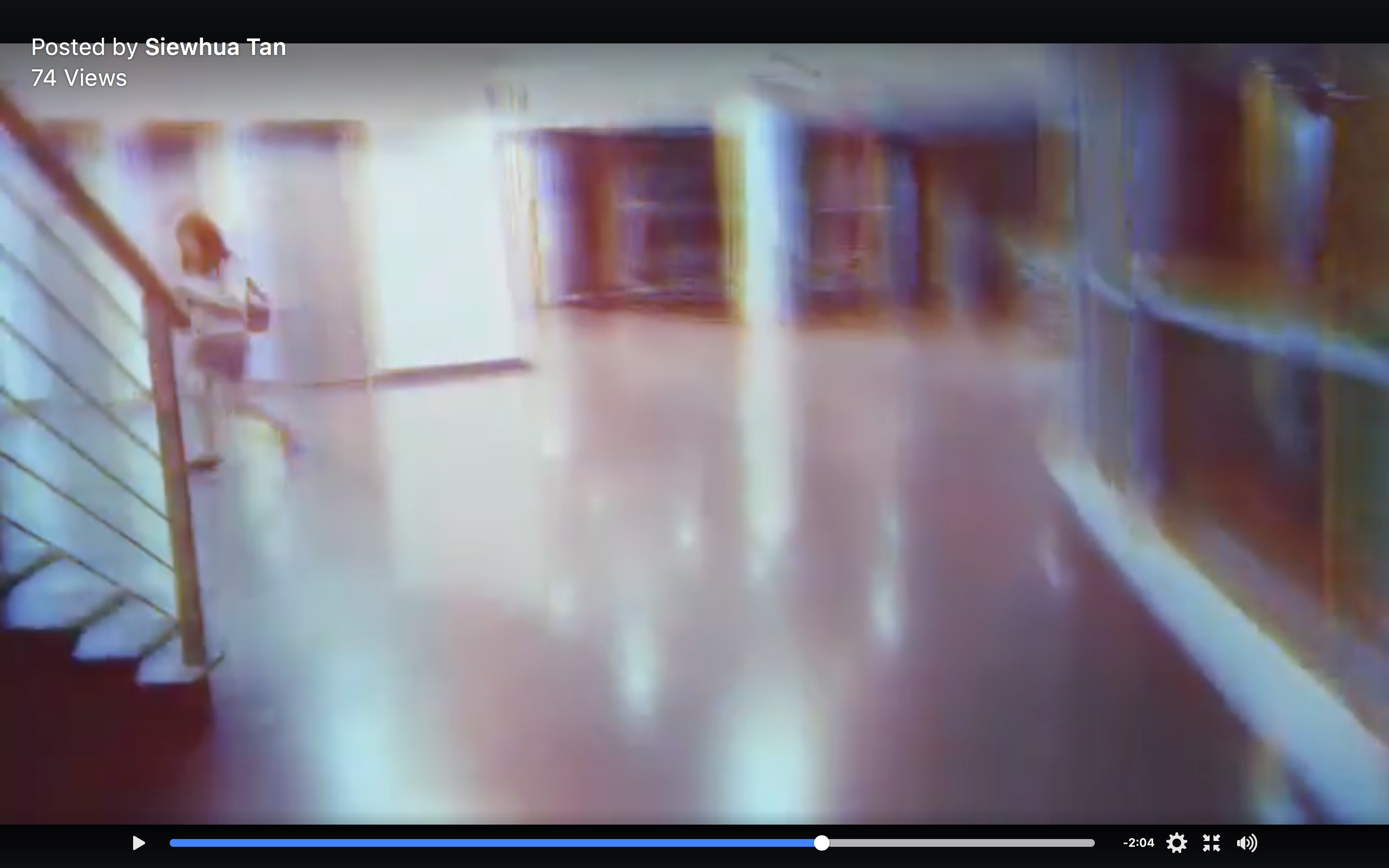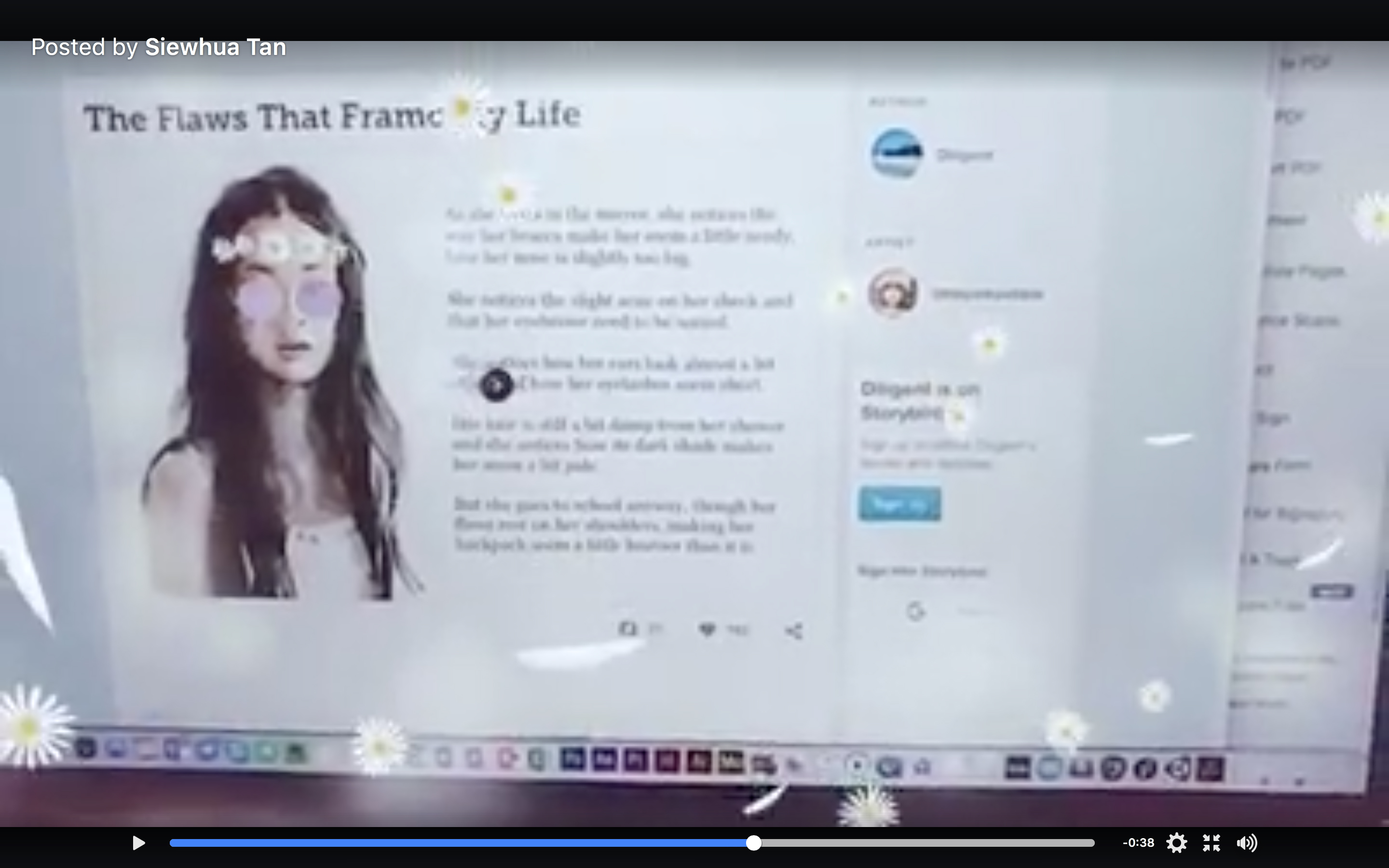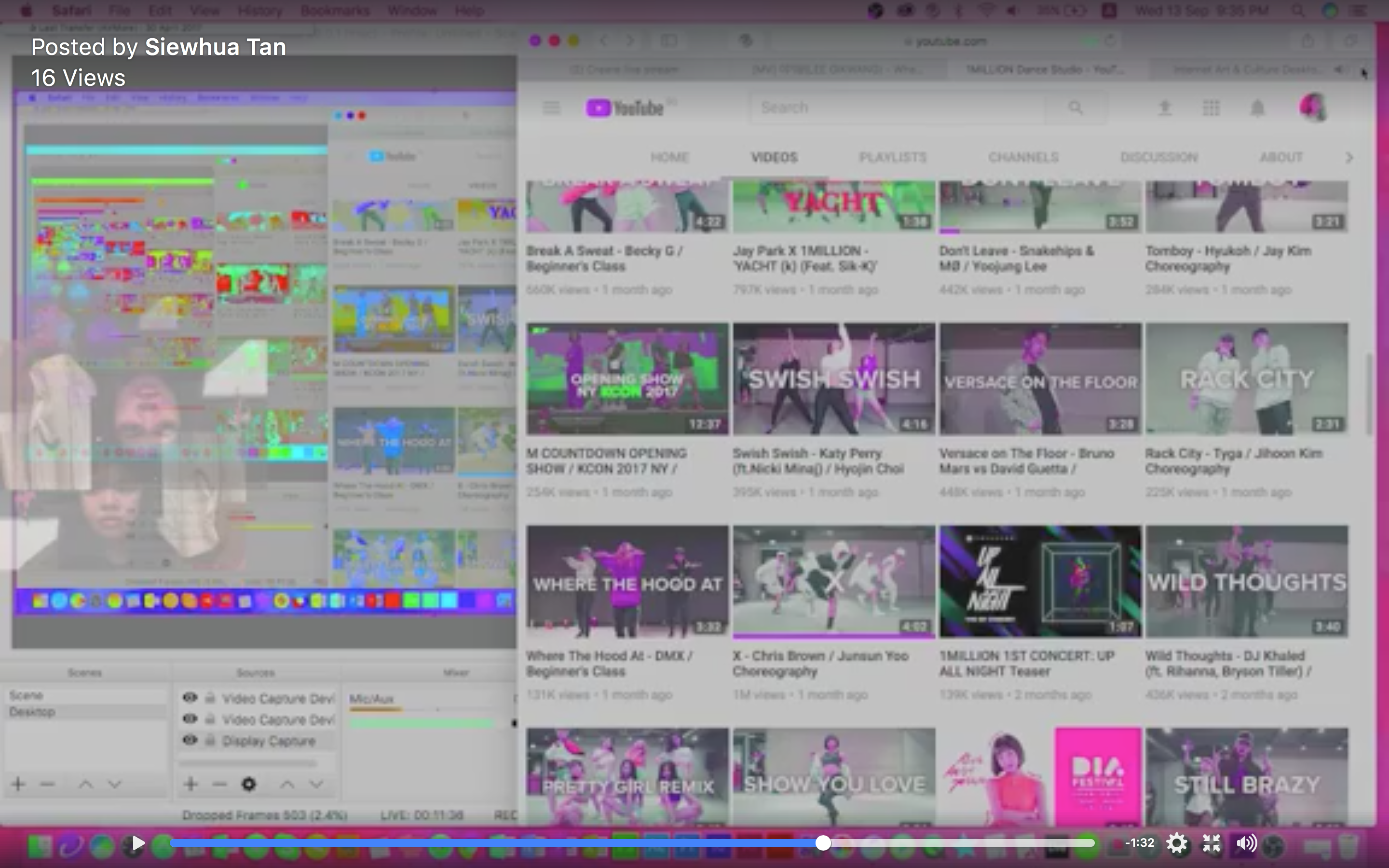According to the World Health Organization, air pollutants have become the top environmental risk to the health of children since their immune systems and lungs are not fully developed yet at the time the exposure begins.
Urban Canary by Daniel Goddemeyer, David Schellnegger & Brynn Shepherd is a toy doll, based loosely on tamagotchis, that detects the levels of air pollution and it’s health responds accordingly. It is a toy that is designed to not just educate children about air pollution but also condition to empathize with the toy when it “falls sick” in a polluted environment simultaneously. The toy comes with a sensor for a face and a color-changing LED depending on the air quality. This is then linked with an app that tells you how much polluted air the child (and the canary) have experienced today.
Additionally, depending on the child’s age, general health and inevitable exposure to low levels of pollution in the urban environment, the sensitivity of the Urban Canary to pollution can be adjusted in the settings.
The Urban Canary starts out being healthy and well, indicated by its steadily blinking green pulse. Throughout the user’s daily routines the air quality level around them is being constantly measured and visualised with the the respective pulsing colour. With high levels of pollution, the Urban Canary starts to get uneasy and anxious by expressing itself through its LED and vibration, alerting the child of nearby air pollution. At extremely high pollution levels, the Urban Canary not only alerts the child, but also the parents. Exposure to high levels of pollution continually, the Urban Canary starts to become”ill”.
Parents then scan the Urban Canary through its app to examine it and find out what led to it to fall ill. The app will recount its recent encounters with polluted areas and state the occasions where and when it and the child were exposed to pollutants. For more detailed information, a summary shows the areas, times, and amounts of pollution that both the Urban Canary and the child were exposed to throughout their daily activities.
In their connected network, users of the Urban Canary can look out for each other and suggest unpolluted spots nearby to recover. By sharing their measurements with each other, they create a comprehensive pollution map that can be used to spare children and their Urban Canaries from excess pollution in the future. The map gives a good indication where the Urban Canary’s health may suffer or improve at which time of the day, so it (and the child) can avoid polluted areas nearby or find spots to take a breath of fresh air in between. When exposed to unpolluted air, an Urban Canary recovers quickly, indicated by its pulse changing color back to its original bright green.
Analysis
Pros:
Relevant
Targeting to fight air pollution and it is adjustable to suit the conditions of the child for a more accurate gauge.
Simplicity
It is a device that could be simply easily understood by all ages. Since it’s targeted at kids, the minimalistic design and feedback is suitable for its targeted audience.
Educational
It teaches kids about a serious problem, air pollution, in a fun and non-textbook way. It also teaches them about responsibility.
Simulating
Shaped like a toy and resembling an animal, it simulates kids to care for it more as if they are taking care of their own pet.
Engaging
Utilizing playful relationships and emotional attachment to create new conversations around air pollution between child and parent.
Connected
The data is collectively collected and shared for all users of this toy.
Cons:
Appearance
I like the overall look to resemble an animal but having the sensor replacing the face fully might not be the best choice. Putting myself in the shoes of a child, I would be more enticed to be more proactively in taking care of my urban canary. Speaking of which, I did not understand why it is shaped like a bunny instead of a bird since its titled urban canary.
Years ago coal miners would carry canaries down into the tunnels with them. The delicate birds were more sensitive than humans to dangerous gases like carbon monoxide. If the birds perished, the miners knew it was time to exit the tunnel immediately.
I understand that it was drawing inspiration from the concept of the coal miner’s canary, perhaps it would be more relevant to be shaped like an canary itself. I also thought about it being more diverse in the shape and colour it comes it but perhaps this is food for future thought since I don’t know if it would stray from its original concept. Also, the color-changing LED could be located higher where the heart position might be instead of the waist so that it can draw the link to health better.
Functionality
Can the sensor really perform as what it is described to be able to do? For instance, in their pictures they portray the children holding the device in the palms, out in the open but in reality would they would really carry them around like that? Won’t it get lost easily then (considering they are kids and kids tend to misplace objects so very often)? In fact, I think it is more likely if it would be mostly kept in their pockets or bag and i doubt they would diligently take it out to scan the air and keep it once again.
Sustainability
Being a electrical device, I think another important factor is its battery life. Its impossible that it does not require any form of charging or whatsoever. I did not find any specifications for its battery life hence, its dubious if this whole idea is even that plausible to work as it is expected.
Another factor is also the maintenance. Like all other technology there would be times it malfunctions or stops working. Considering how this is entrusted in the care of a children, shouldn’t there by some considerations of how careless/rough children can be and the device could possibly get destroyed/dented/spoiled?
Applicability
For countries with polluted air almost everywhere, for example China and India. This device might render quite pointless.
Better link for its data visualisation
I feel that the step of using the app to scan the device for more details could be better integrated since somehow it feels a bit out of the whole concept now.
Suggestion
As mentioned earlier, it could have a better design where the sensors could be better hidden instead of it being left so exposed. Also, there could be more interactivity between the device and the child to make their relationship more interpersonal. For example, the device could have a voice of its own, motors and perhaps even their own character. In more opinion, I think there are many potential ways this device could be expanded like it could further developed to truly take the role of a personal companion or to a more diverse medical tool.
























